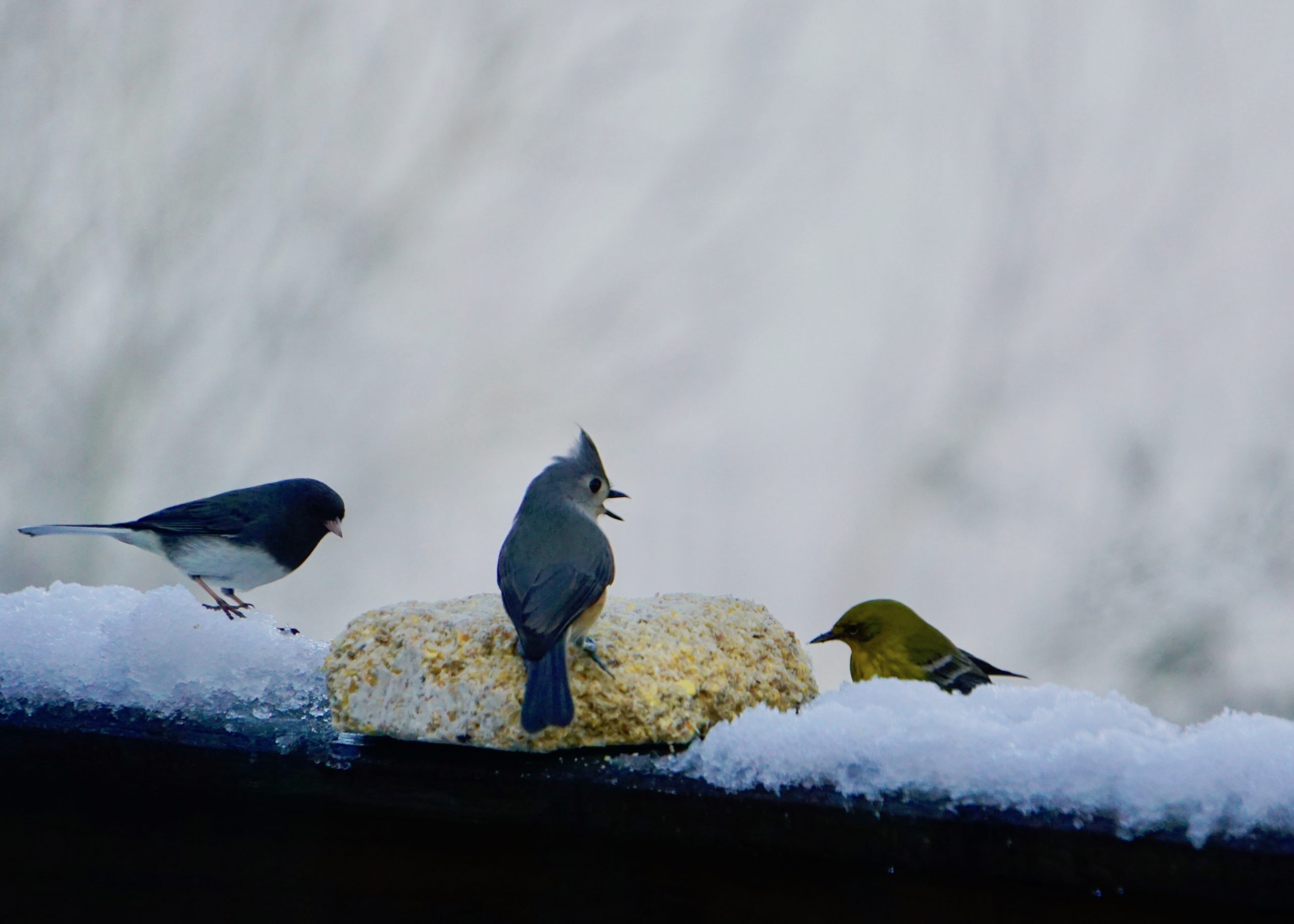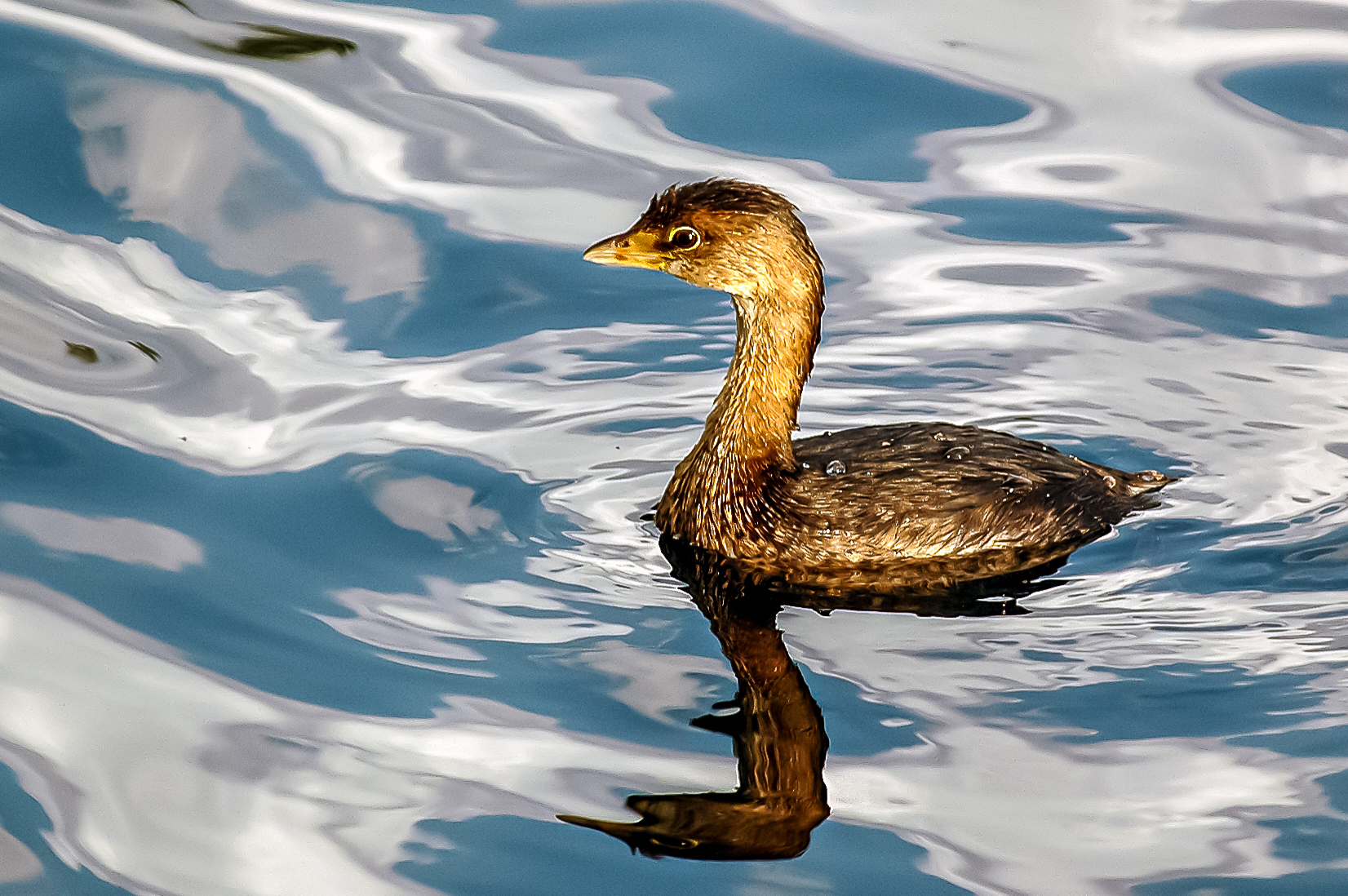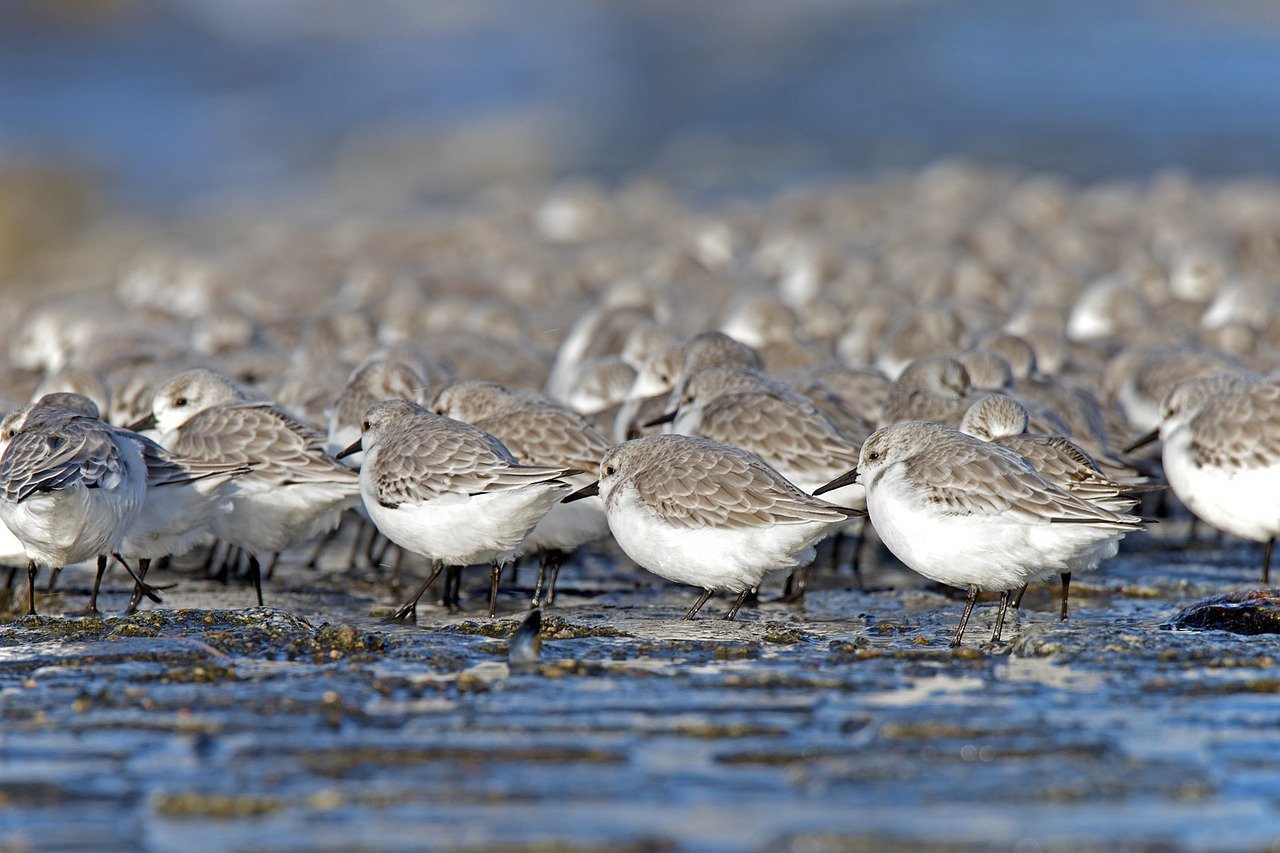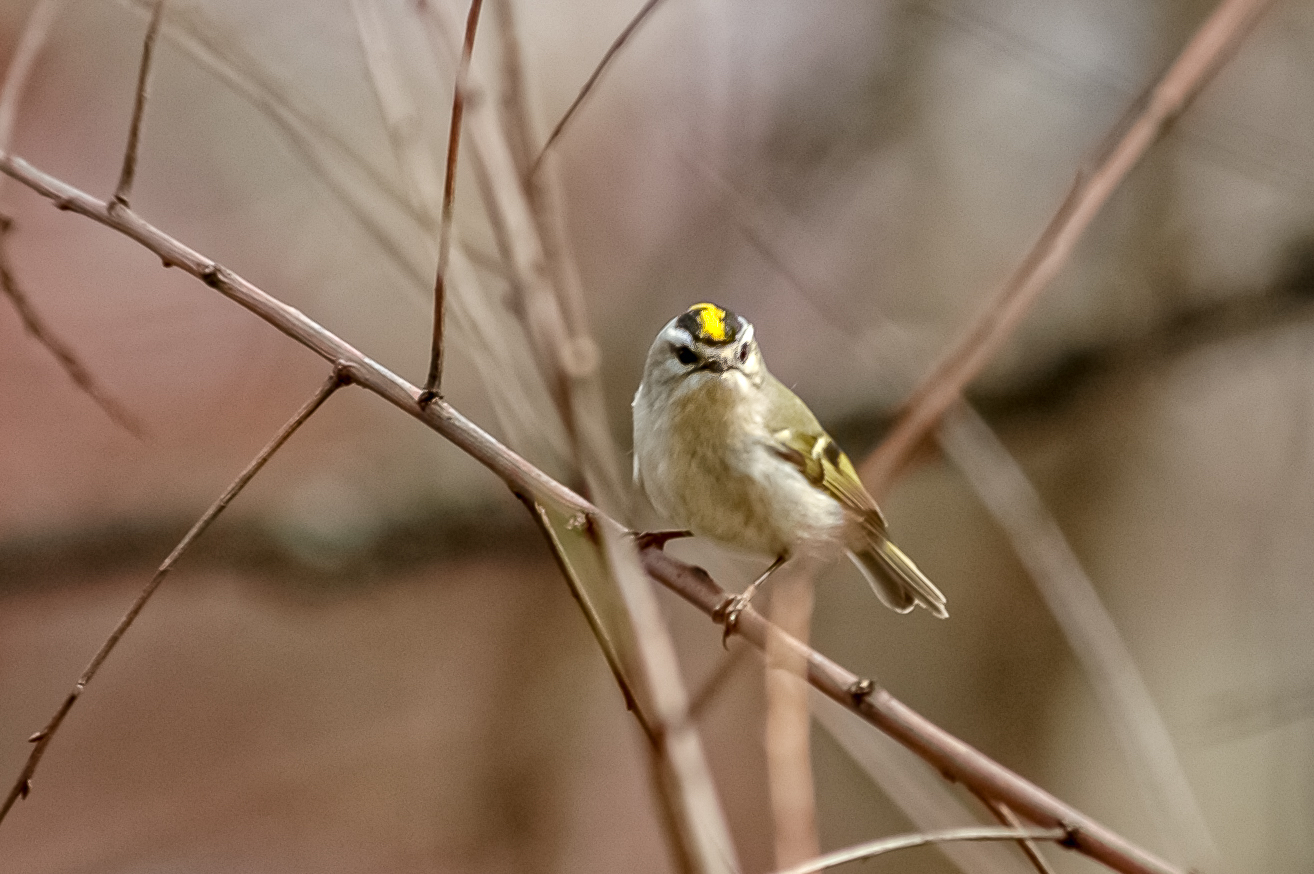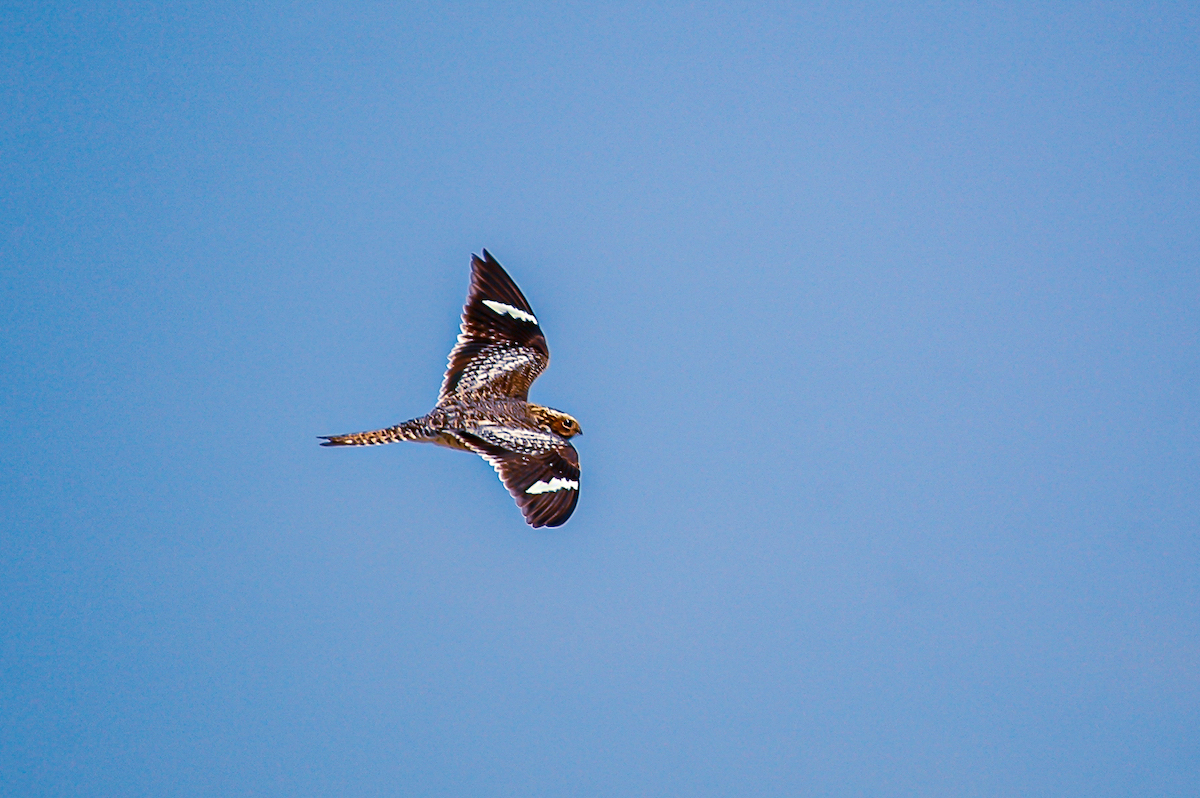
One evening, Bob pointed out a bunch of birds circling out over the valley. From the shape of the birds and the way they flew, Bob identified them as Chimney Swifts. I nodded my acceptance of his identification and went back in the house. I’ve seen Chimney Swifts now several times so I wasn’t all that impressed. I went back to watching the Braves game on TV.

The next evening, we sat on the deck and watched the birds out over the valley again. They were going crazy, darting and fluttering around, and making aerial acrobatic dives. It wasn’t until they came closer to the house that we could see they were actually diving for bugs. I got out my binoculars, took a closer look, and saw two patches of white on the bottom of the wings. They were definitely not Chimney Swifts.

Chimney Swifts are all brown and have been compared to flying cigars in shape. From one visual angel, their wings look like a boomerang that’s tossed about.
The birds we watched had the wings of a hawk, and when I looked for it in our resources, I discovered they were Common Nighthawks.
Nighthawks are larger than Chimney Swifts, their wings are shaped differently, and their feathers are colored very differently. The two birds look nothing alike.
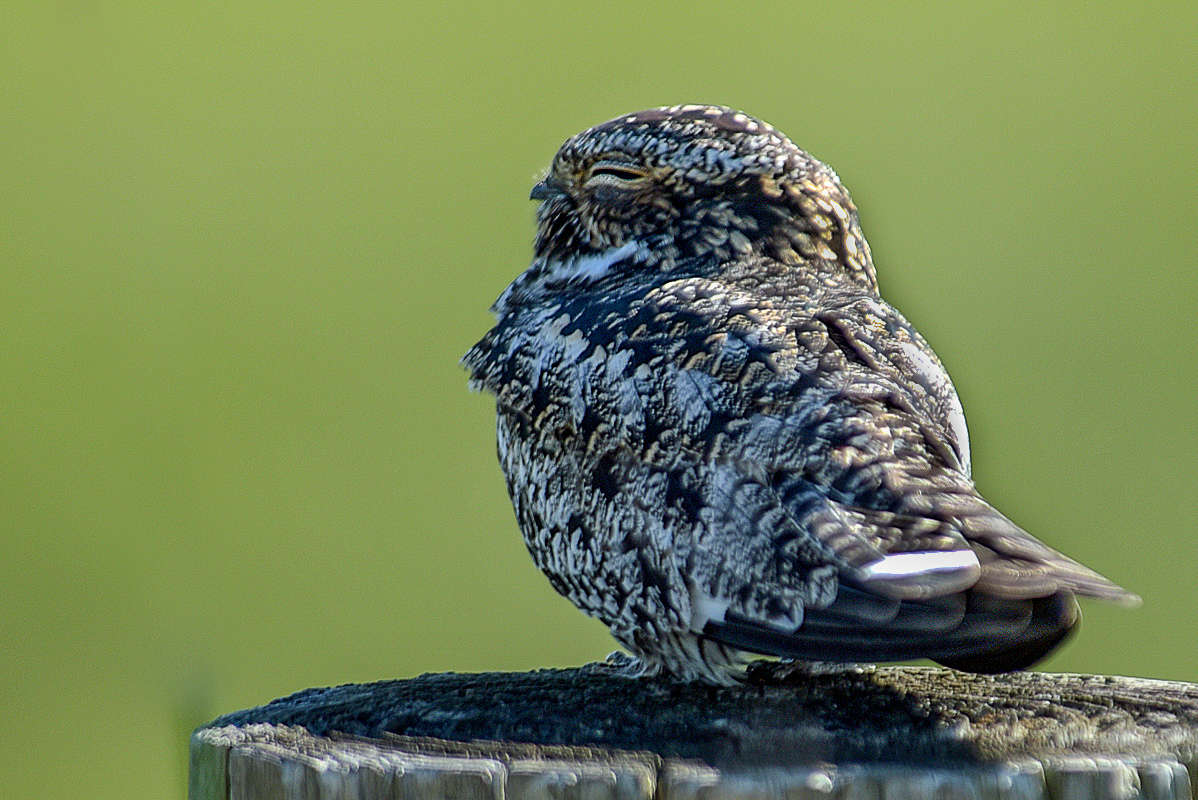
We had never seen a Common Nighthawk before so we didn’t know what to look for. In the air and at a distance, what we saw seemed to be Chimney Swifts. We didn’t dig any further because we thought we knew what it was.
Mis-identification! It happens all the time, doesn’t it? It especially happens to rookie birders, who know only enough to think they know everything. Mis-identification can happen for a lot of reasons. Maybe we think we know what something is so we don’t look closely enough to see its true identification. Maybe we haven’t spent enough time learning about other options. Maybe we haven’t learned how to tell differences.
Regardless of why we mis-identify something, we lose something in the process––either understanding, or new information, or new relationships. In this case, we would have missed adding another species to our life list of birds because we thought we knew what we were seeing.
The moral of the story? Make sure what you think you see is what you really see.


